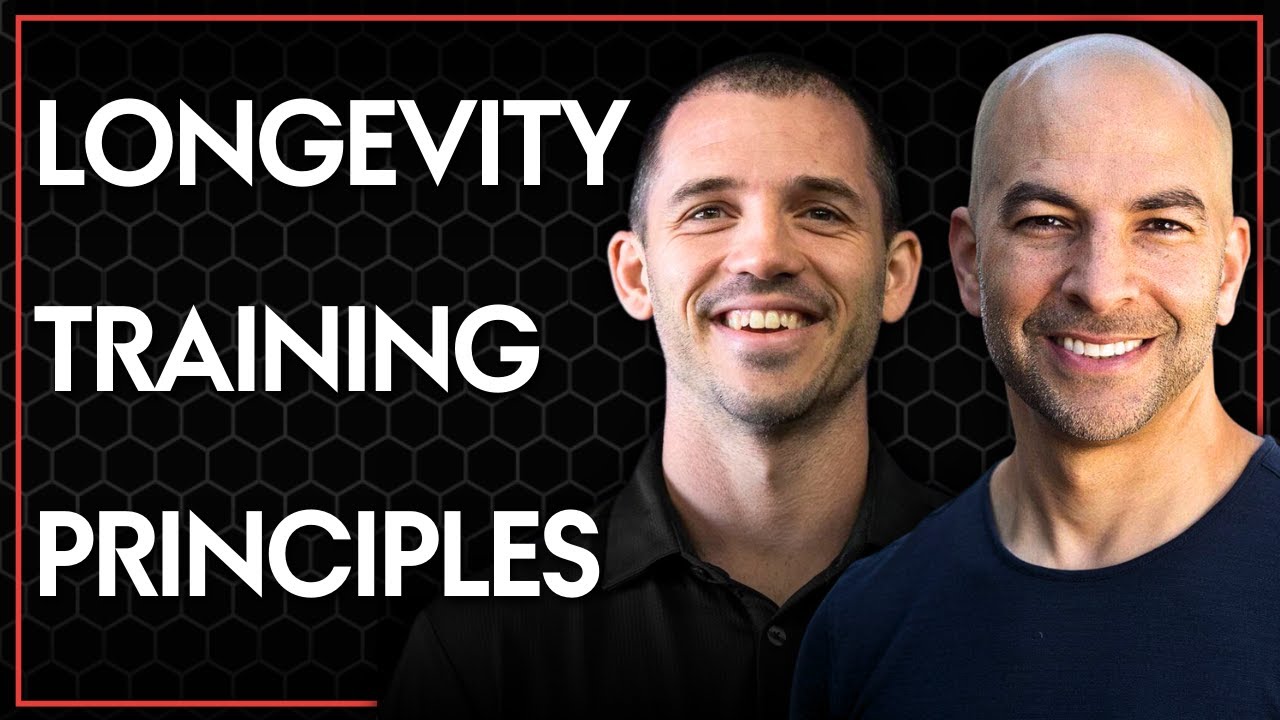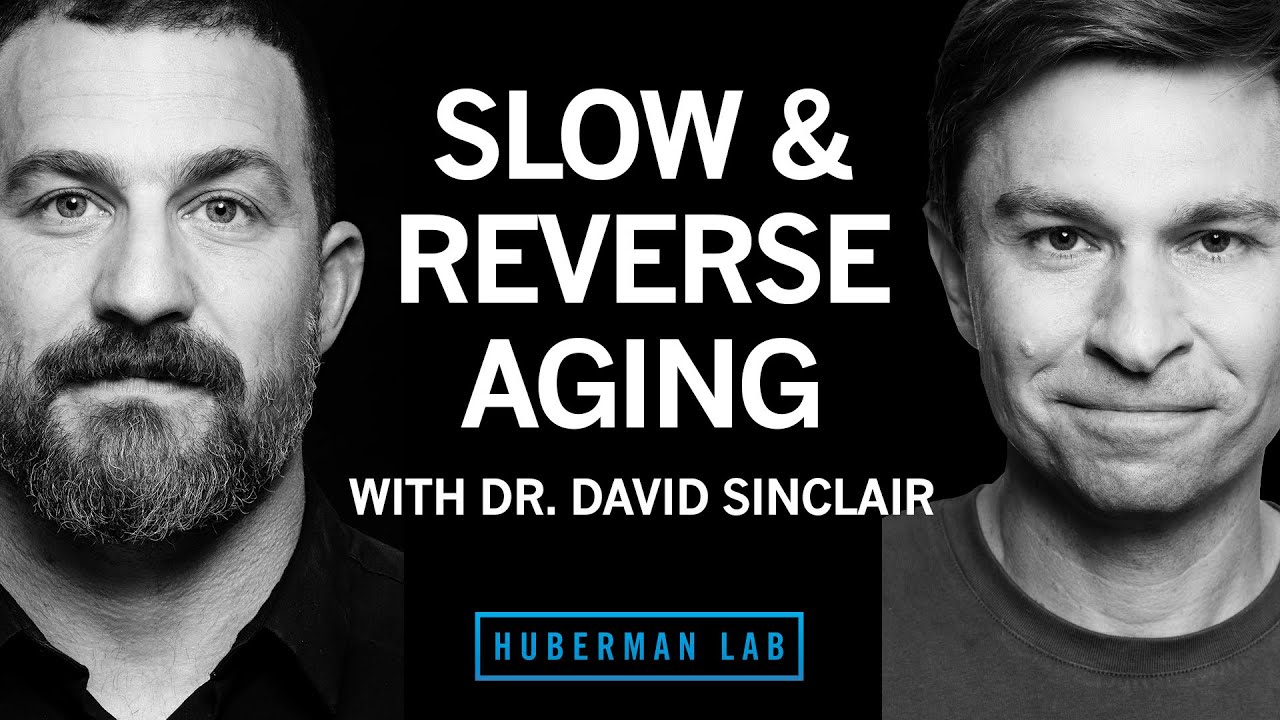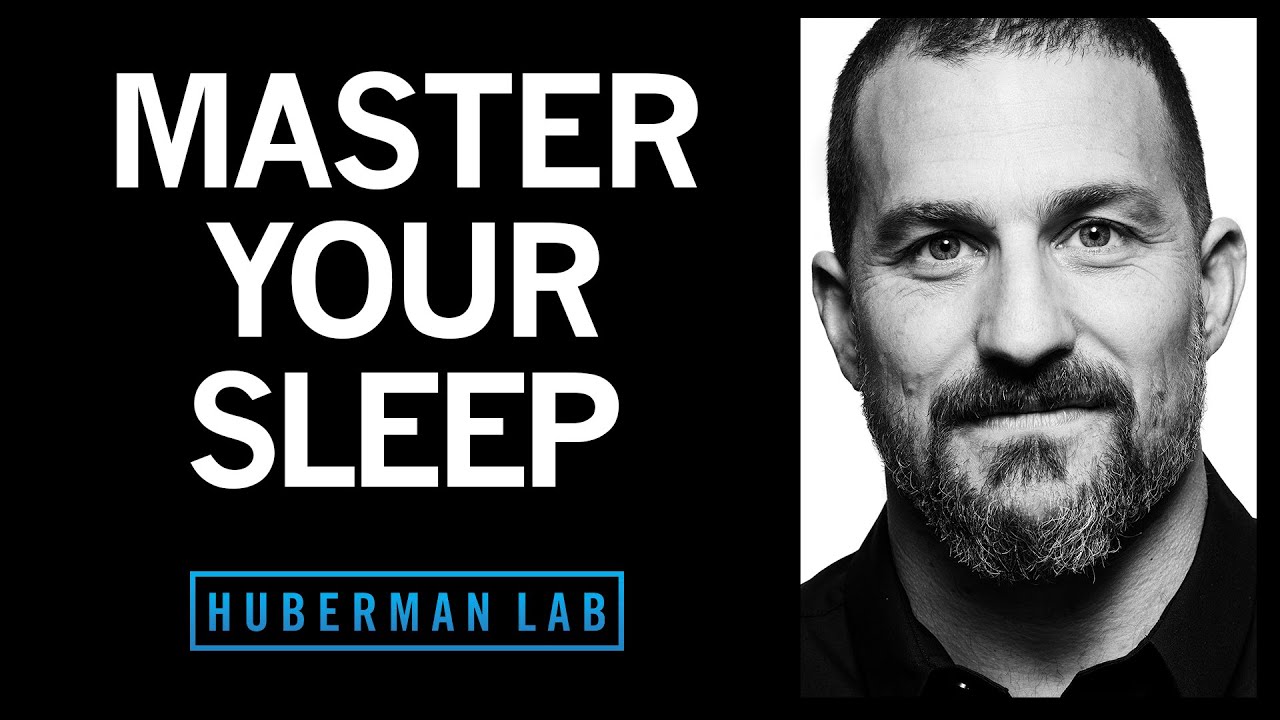- The first and still most important law when it comes to shredding fat.
- 5 key pillars of fat burning: Sleep, Essential Fatty Acids, Glutamine, Microbiome, and Thyroid.
- How to use shivering to boost fat loss.
- Does exercising in a fasted state really accelerate fat loss?
- What’s the best exercise for fat loss? High, sprint, or moderate intensity?
How To Lose Fat With Science-Based Tools
How To Lose Fat With Science-Based Tools
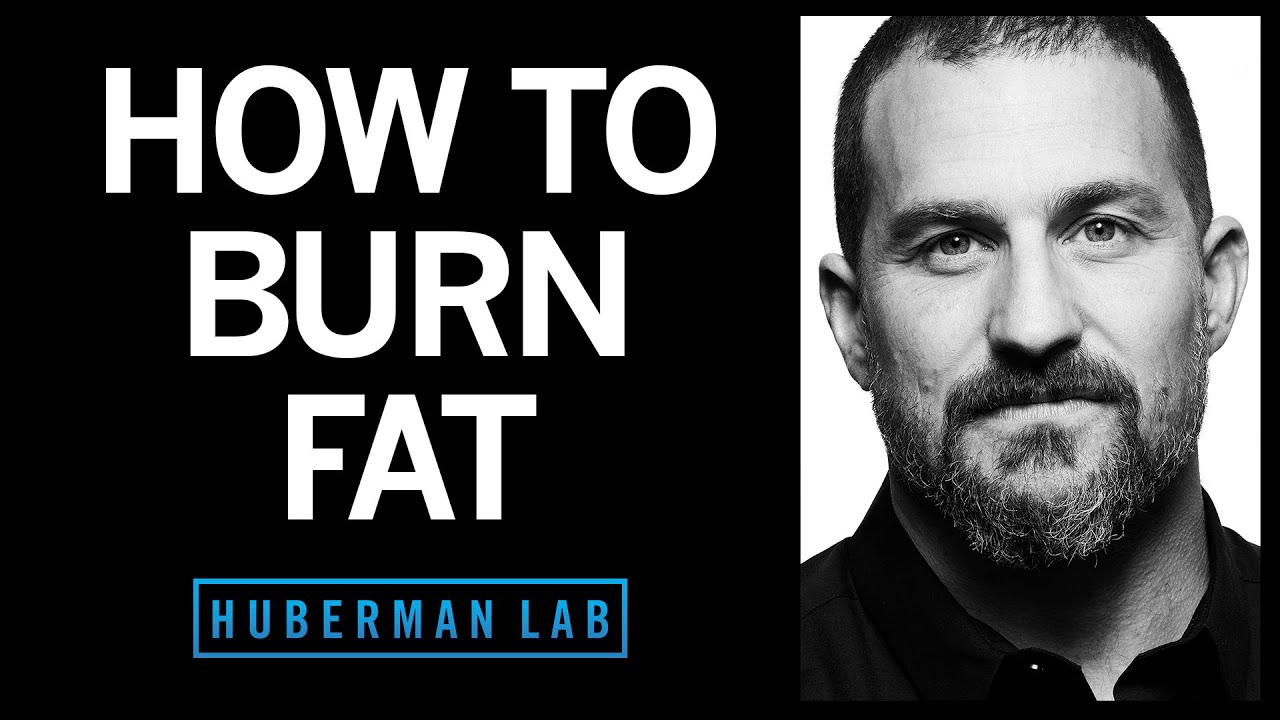
- The principle of "calories in versus calories out" still remains the primary factor or "rule" that dictates the amount of body fat reduction.
- To lose body fat, focus on metabolism, sleep, fatty acids, glutamine, microbiome, and thyroid. These pillars regulate metabolism, balance nutrients, and promote sleep. Prioritize these areas to optimize fat burning.
- A cold shower or bath 1-5 times a week can accelerate fat loss. The water shouldn't be too cold, just enough to make you uncomfortable. Exit once you start shivering, as the shivering causes fat loss, not the cold.
- If you exercise in a fasted state, you will burn more calories after 90 minutes than if you had eaten beforehand.
- For optimal fat loss, it's recommended to include high-intensity interval training, sprint interval training, and moderate-intensity training in your workout routine, preferably in a fasted state.
Fats First Law: Calories in Vs. Calories Out
Achieving weight loss is a multifaceted process that requires careful attention to various factors. Dr. Huberman reminds us that one of the most critical considerations is maintaining a caloric deficit. Although this may seem simple in theory, it can be challenging, as many variables can impact your ability to stay in a calorie deficit. For example, the quality and type of food you consume can significantly impact your ability to maintain a caloric deficit. Foods high in fat or sugar can be particularly challenging to control, as they tend to be very calorie-dense.
In short, the most important principle for losing fat is balancing the calories you consume and burn. To lose weight, you need to consume fewer calories than you burn. Remember, to achieve your fat loss goals, eat healthily and exercise regularly.
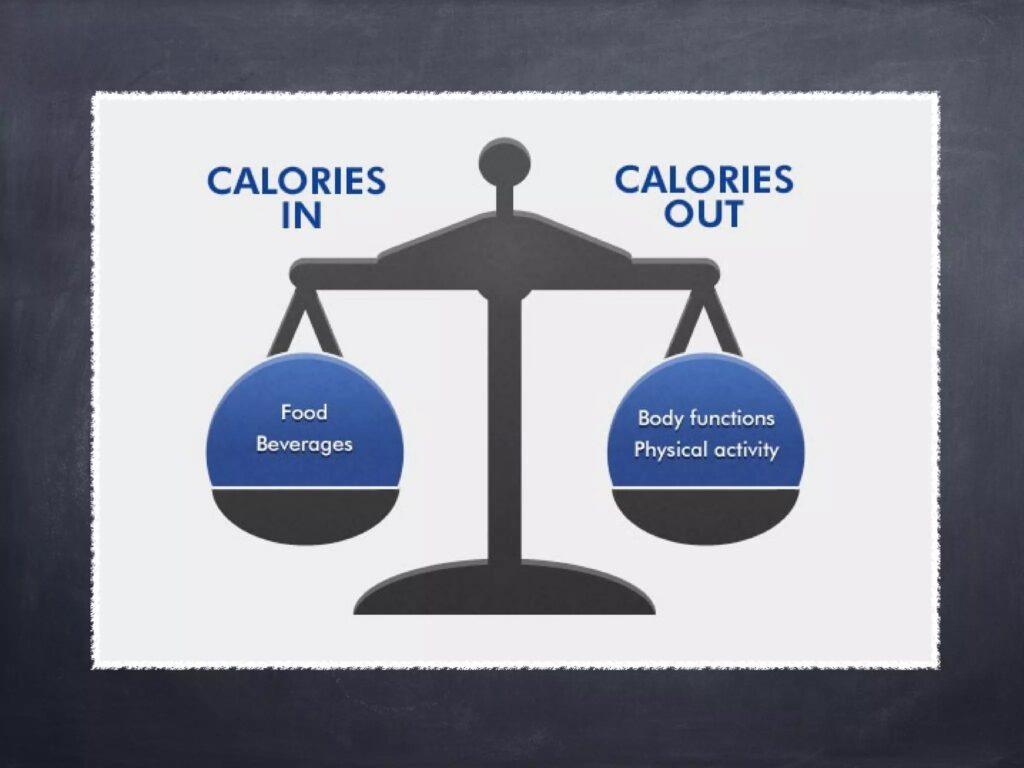
Source: https://www.slideshare.net/kaitlinr88/caloric-balance
The 5 Key Pillars Of Burning Fat
1. Sleep
Consistent sleep is key in supporting fat loss. Dr. Huberman suggests going to bed and waking up at the same time every day. Eliminate light and noise in the bedroom at night, and seek out natural light during the day. Keep the room at an optimal temperature for restful sleep.
2. Essential Fatty Acids
Consuming at least 1000mg of Eicosapentaenoic acid (EPA) daily is crucial for a healthy metabolism and fat loss. It also promotes cardiovascular health, improves mood, and suppresses sugar cravings. Prioritizing EPA consumption is essential for optimizing health and maximizing fat loss.
3. Glutamine
If you’re finding it difficult to resist sugar cravings, Dr. Huberman suggests incorporating glutamine as a dietary supplement, as it may be beneficial. The suggested intake of 1 teaspoon of glutamine, taken multiple times throughout the day, could potentially aid in reducing sugar cravings and promoting gut health.
4. Microbiome
Improving the health of your microbiome can be achieved through several methods:
- Switching to a whole foods diet is advisable, as it contains essential nutrients required for a healthy microbiome.
- It’s important to eliminate highly processed inflammatory foods from your diet, as they can disrupt the balance of your gut microbiota.
- Incorporating fermented foods such as kimchi and sauerkraut into your diet can aid in promoting healthy gut flora, as these foods contain beneficial bacteria that can improve digestion.
Alternatively, you can also consume probiotics as a supplement to support a healthy gut microbiome.
5. Thyroid
Dr. Huberman says optimizing your thyroid hormones is imperative to improve your metabolism and facilitate fat loss. A recommended approach would be to consult your GP and check your iodine and thyroid levels. Based on the results, you can supplement your diet with nutrients like selenium and iodine to promote optimal thyroid function and boost fat loss.
The Power Of Shivering To Increase Fat Loss
By shivering, the body releases adrenaline into fat cells, which helps to mobilize and oxidize fat. Furthermore, Dr. Huberman says that exposure to cold triggers the activation of brown fat and converts beige fat to brown fat, creating a more energetic furnace in the body. In short, you burn more fat.
Here’s How
- Start with 1-3 minutes of cold exposure to create a shiver that releases succinate. The temperature should be cold enough to induce a shiver but not too cold.
- After the cold exposure, don’t dry off for 1-3 minutes.
- Return to the cold and repeat up to 3 times.
- Don’t build tolerance too fast. The goal is to shiver, not adapt to the shiver.
- Do this 1-5 times per week, depending on your fat loss needs.
Exercising Fasted To Increase Fat Loss
Regular exercise or movement has been proven to boost metabolism and promote fat loss. However, the effectiveness of exercise in achieving this goal can be influenced by a few factors, including the timing and type of exercise and whether you are fasting. The question of whether fasted exercise leads to increased fat burning remains a topic of debate. Some studies suggest consuming glucose or food before exercise can reduce fat burning.
However, for shorter training periods, the timing of food intake may not be as crucial for those aiming to maximize fat oxidation. Dr. Huberman acknowledges that the optimal exercise protocol and intensity for promoting fat burning during fasting remains unclear.
However, he mentions that there are exceptions. For example, working out while in a fasted state can lead to burning more calories even after 90 minutes, compared to if one had eaten before the exercise.
Exercise Intensity And Fat Loss
In terms of exercise type, Dr. Huberman emphasizes that it’s useful to think of it in terms of the intensity of movement rather than the type of training.
Dr. Huberman then explains that three main types of exercise intensity can help with fat loss. The first is High-Intensity Interval Training (HIIT), which involves submaximal exertion levels of 80-100% of VO2 max. These intervals typically last 60-240 seconds and are interspersed with less intense recovery periods.
The second type is Sprint interval Training (SIT) or very high-intensity exercises such as squats, sprints, and deadlifts. SIT involves all-out or greater than 100% of VO2 max exertion levels, and the intervals last for 8-30 seconds, with less intense recovery periods of 1-2 minutes.
The third type of exercise intensity is Moderate-Intensity Continuous Training (MICT). This type of exercise is performed continuously at a moderate intensity of 40-60% of VO2 max for 20-60 minutes or 55-75% of maximum heart rate. MICT is commonly known as steady-state cardio or “zone 2” cardio.
Overall, incorporating a mix of these intensities into your fitness routine can help you achieve your fat loss goals.
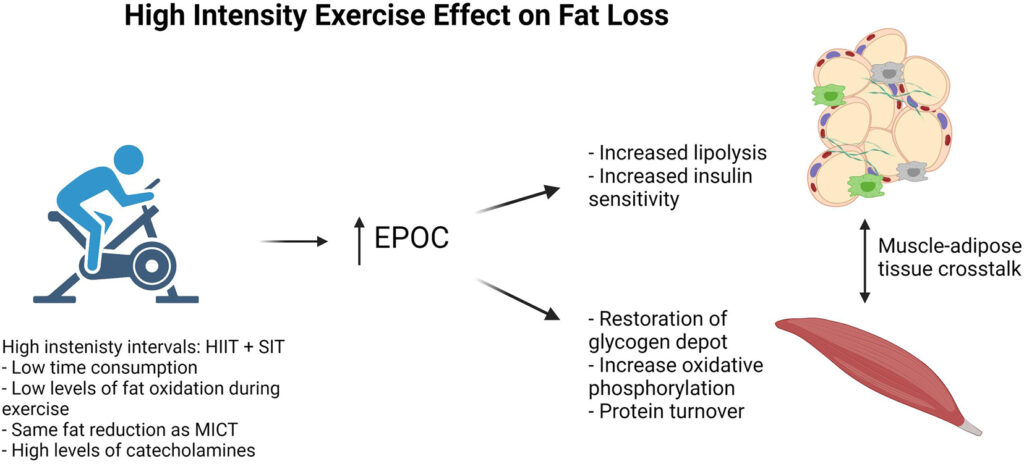
Source: https://www.frontiersin.org/articles/10.3389/fphys.2021.737709/full#F1
